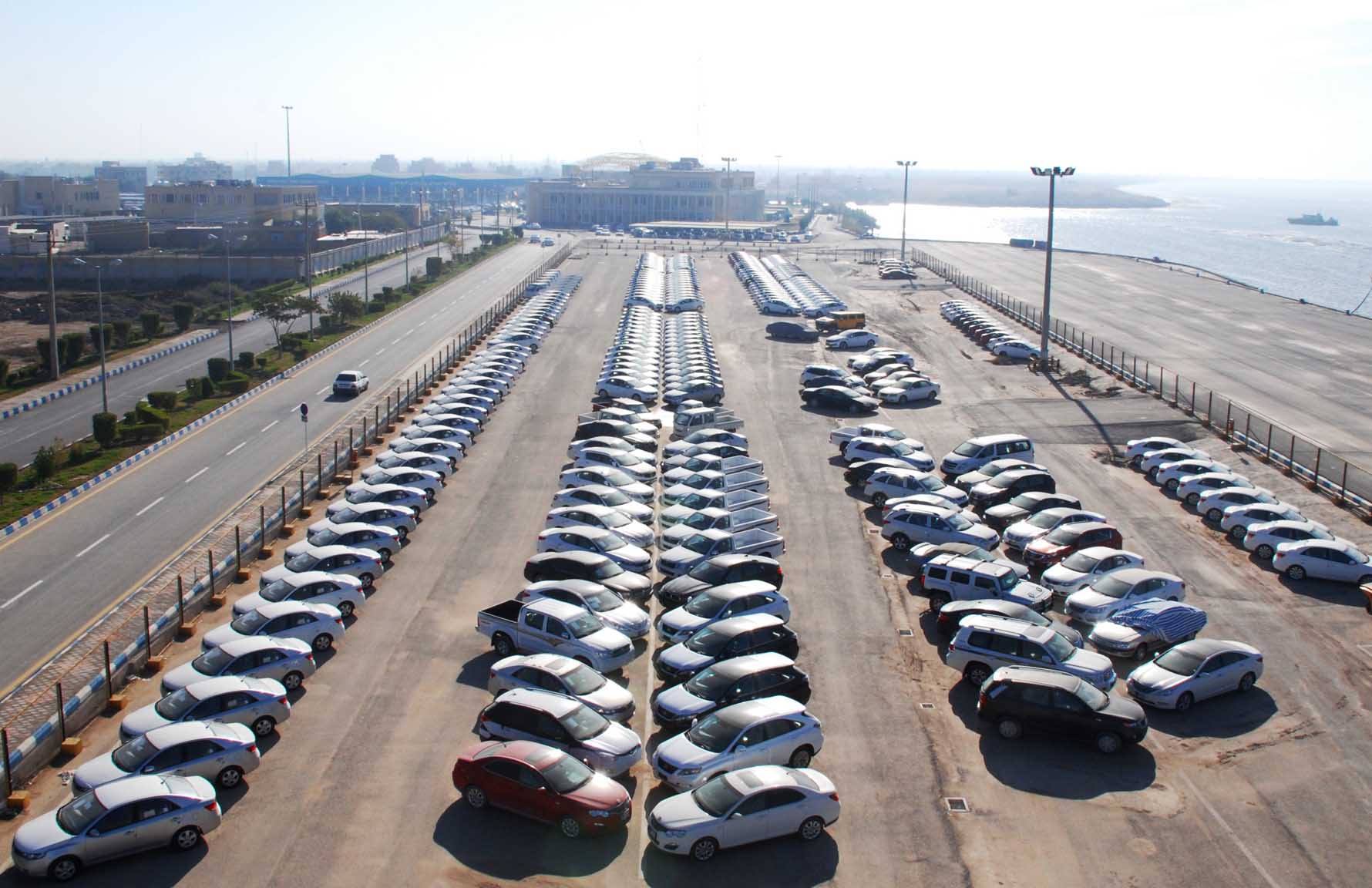After months of squabbling over shutting down the online auto import registration system by the government, the website resumed work on Sunday.
As per law, after getting auto import permits from the Industries Ministry, local firms must also register online with the Trade Promotion Organization separately for every single unit.
According to the website of the Cabinet, the government passed an amended version of auto import rules on Saturday, according to which, depending on engine capacity, import tariffs on gasoline-fueled vehicles have increased 15-40%.
Furthermore, while most governments are offering incentives to promote use of and create interest in hybrids, the customs duty in Iran for hybrid gasoline-electric cars has been increased significantly from 4% to 45-65% depending on the vehicles gasoline engine capacity.
According to the new rules, vehicles costing more than $40,000 are barred from entering Iran. The cap includes the vehicle’s transportation costs. Moreover, henceforth instead of the previous CIF (Cost, Insurance and Freight) method to calculate the customs duty, the CFR (Cost and Freight) system will be applied.
A list of models that can be imported has been published on the TPO website. It includes BMW, DS, Hyundai, Toyota, MG, Borgward, Renault, SEAT, SsangYong, Foton, Citroen, Volkswagen, KIA, Mitsubishi and Nissan. Two luxury cars popular with those who can afford it, Mercedes-Benz and Lexus, are not on the list.
The new ruling bans import of cars with engine capacities over 2.5 liters. However, the government reserves the right to wave the general ruling “in special cases.” It is not clear who will benefit from the special cases.
Foreign carmakers manufacturing in Iran and their local partners get 20% off on duties if they decide to import cars. Iran Khodro is certain to exploit this clause. The company already imports two Peugeot models namely 508 and 301 through a deal with the French automotive company.
Among other restrictions, the new rules say importers must sign “official representation deals” with the parent company and offer after sales services in Iran. Previously, importers were allowed to bring vehicles if they had an agreement with the parent company or its official distributor. This clause can limit the range of vehicles entering Iran because many foreign carmakers are reluctant to have any financial deals with their Iranian partners due to the US banking restrictions.
Moreover, grey importers are back in business but must have an agreement with the “brands’ official importer”. Through the agreements the grey importers are required to pay the “official distributors” to offer after sales services on their behalf.
Overheads of bringing vehicles into Iran do not end with tariffs, state and government bodies have a share in the lucrative business. An importing company or the car buyer must also pay extra charges, taxes and other overheads before the vehicle is ready for the road.
For instance, the local Traffic Police department charges importers 10% of the car value when issuing number plates while dealers are required to pay 1% tax to the local Red Crescent. The money reportedly is used to buy ambulances. There is no reliable data as to how many ambulances have been purchased over the years with this money.
>Strange Imprudence
The online car import registration system was shut down about seven months ago. At the time TPO chief Mojtaba Khosrotaj said, “The online application system will not be reopened until the government issues new guidelines for imports.”
While higher import tariffs and new restrictions by the government was a foregone conclusion, the Industries Minister Mohammad Shariatmadari dodged every question related to the subject. For months he was under strong attack by the importers and people for being “supine and intimidated to make a decision”. Why it took the ministry seven months to announce the new regulations is a question no relevant official wants to answer.
The chaos and rampant uncertainty disrupted business and imported car prices went through the roof. For instance, the popular Hyundai Santa Fe which was selling for less than $54,000 in Tehran is now priced over $72,000, up 29%.
High and rising prices are not limited to this or that model as prices of imported cars in Iran are moving higher on a daily basis.
One of the oft-mentioned mantras of government officials has been that “huge volumes of auto imports contribute terribly to capital flight”. According to data released by the Islamic Republic of Iran Customs Administration, 52,614 cars worth $1.4 billion entered the country during the first eight months of the current fiscal to Nov. 21. Imported vehicles have a 6% share of the local auto market.


